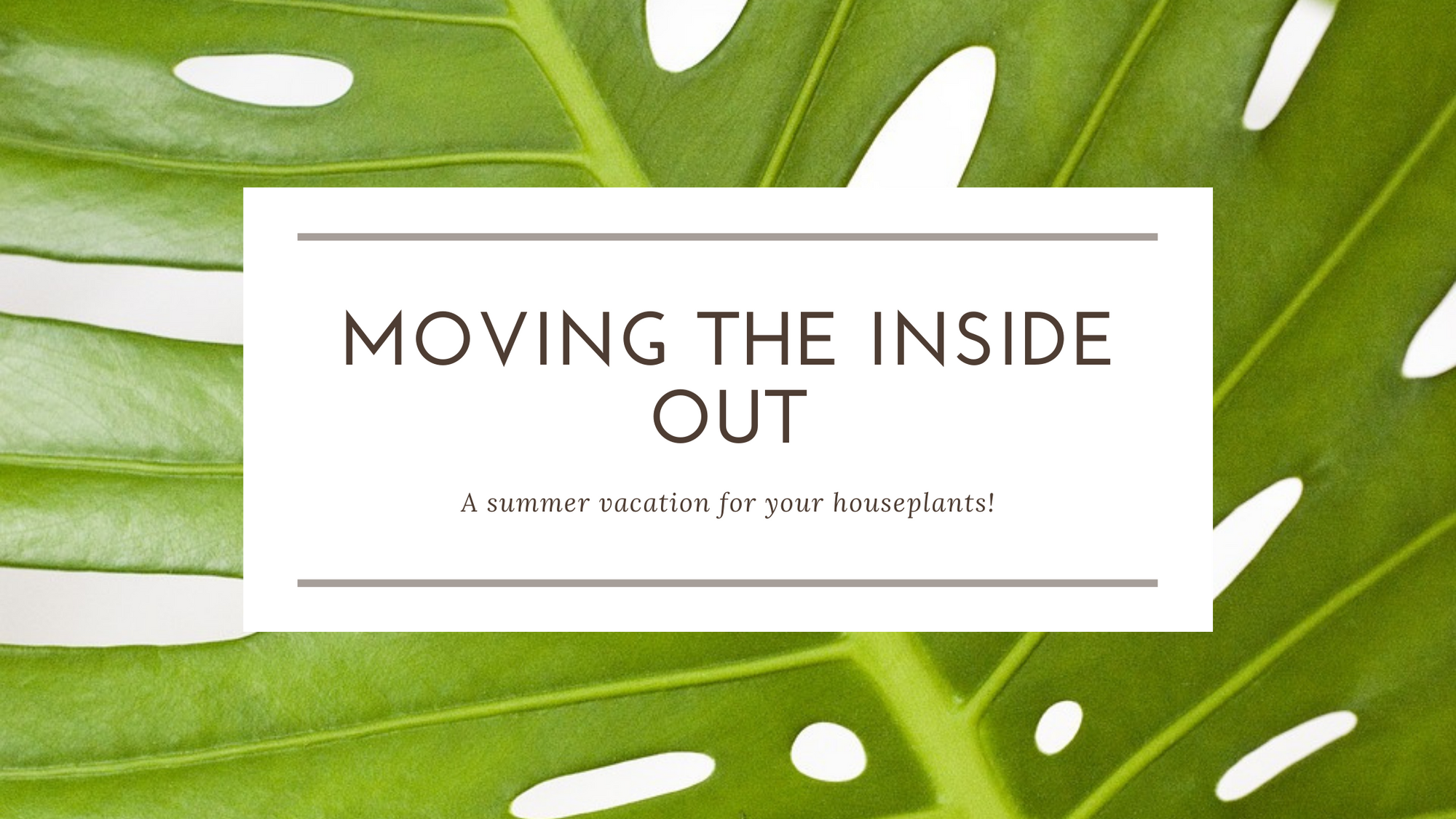It’s been a year since the start of the pandemic when staying home became normal. Many of you spent your time wisely and discovered plants! Taking care of them has become a new way of life, a new passion, and a new decorating normal. There is so much to discover and learn in order to keep your plants happy and growing. And so many new plants to discover!
We’ve been lucky to meet a lot of you who are just getting started and we have enjoyed helping you pick the right plants for your world. Once you get it home, disappointment sometimes follows when your plant develops brown edges or spots on the leaves, and it starts looking less and less like the pictures you’ve seen of it online. And, one of the most often asked questions is what is wrong with my plant?? So, we thought it might be helpful to quickly go over what to expect from your plants and when you buy a plant, what exactly are you buying?
So first off, plants are living organisms. Constantly in flux growing and resting and regenerating leaves to photosynthesize. Obviously, the root system is the foundation of the plant, without it, the plant won’t survive. (Cuttings aside). So while most of us focus on the beauty and perfection of the leaves, we are really wanting a plant with a healthy, vibrant root system. One that will allow the plant to adapt quicker to your home, one that will strengthen the plant to defend against insects, and one that can generate new leaves so it can grow. So really, when we buy a plant, we are buying a root system. Leaves will come and go, but stored carbohydrates in the roots will allow the plant to push new leaves if they get eaten off, broken, or damaged.
So, leaves are really just a snapshot of time for your plant. They come and go as the plant grows. Is it a problem when leaves have tears or brown spots or are shaped differently than the rest? Tears and rips in leaves are unfortunately part of the plant world. Many are shipped across the country and to arrive unscathed is impossible. It does not mean the plant is unhealthy or weak in any way. Some plants form a truck as they grow, constantly shedding the lower ring of leaves. These brown or yellowing leaves do not indicate a problem with the plant; it is its natural cycle.
Brown spots can indicate a problem, but again many of these plants are adapting to a world that is far from their native tropical jungle. You can trust that no plant shop is going to sell a plant with a known virus or bacterial infection. Nurseries are inspected by the Department of Agriculture and have to follow the rules and regulations put down by the state. If looking at a plant with spots, be sure to understand if its an old injury calloused over or if it is in fact a problem. Most bacterial infections can be cured with proper watering and fungicides.
If you notice spots developing on leaves, this could be an early indication of problems developing with the plant, usually associated with water issues. This is the fun part of parenting that comes along with growing plants! Diagnosing and fixing problems. Healthy plants stand a better chance of withstanding infestations. Pest infestations can be a challenge to control, so keeping your plant as healthy as possible with a good root system will help defend against them.
We’re here to help if you need advice on fertilizing or growing the heathiest plants you can.






